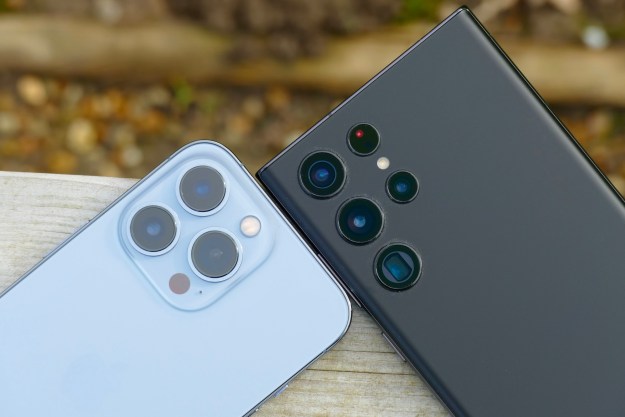The project is a spin-off from research dedicated to creating prosthetic limbs that can sense and feel, and from synthetic skin developed to help robots do the same. For iSkin, the sensor is made from a special silicone layer with carbon particles running through it — which can be incorporated into cool tattoo style designs — that’s placed between two clear silicone layers, ready to be applied to the skin.
Martin Weigel, a co-developer of the project, said iSkin is flexible and stretchable, and will allow manufacturers to explore new design possibilities. The sensor can be used for various functions, such as controlling a music player, and for keyboards. The Institute has made a demonstration video showing the potential alternative uses for iSkin, in which it’s used as a roll-out keyboard for a smartwatch, and a behind-the-ear call answering control.
The prototype is still at an early stage, and is connected up to a computer using wires, but in the future, as technology moves on, it could change to use its own integrated control system. Additionally, Weigel would like to see a kinetic energy recovery system power the iSkin, avoiding battery complications, and meaning it would never have to be removed and charged up.
There are no plans at the institute to go beyond the prototype stage with iSkin, and some significant steps forward in the technology that it uses are needed for it to become practical. However, it’s hoped that by seeing what’s possible now, the project will inspire companies to adopt the iSkin idea and make it real.
Editors' Recommendations
- Your iPhone could steal this Pixel Tablet feature when it gets iOS 17
- My lack of self-control is a warning not to upgrade your phone this year
- You’re ruining your iPhone 14 Pro if you turn off the always-on screen
- These 80+ apps could be running adware on your iPhone or Android device
- Will your iPhone 13 case fit the iPhone 14?




